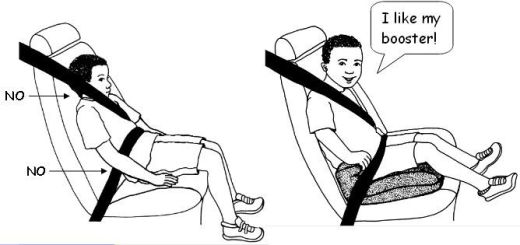County of Ventura Provides Proposition 64 Marijuana FAQs
/Note that the following excerpts come from information published by the County of Ventura at ventura.org with regard to the passing of Proposition 64, the California Marijuana Legalization Initiative.
This proposition was passed in the recent Presidential General Election by a margin of 57..1% (7,929,915 yes votes) to 42.9% (5,945,764 no votes). In Ventura County, the margin was slightly closer, with 55.56% for the measure and 44.44% against the measure.
Immediate Changes with Passing of Prop 64:
Personal recreational use: Adults 21+ may use and grow recreational marijuana for personal use. Marijuana use is not allowed in public places. Personal growing of marijuana is limited to six plants per residence/property. You may possess, transport or purchase up to one (1) ounce of marijuana and up to eight (8) grams of marijuana concentrates under Prop 64.
Prop 64 allows the County to establish additional restrictions in unincorporated areas, but has not done so at this point in time.
Commercial marijuana cultivation, manufacturing or sales operations: There are no
immediate impacts upon commercial marijuana activities; such activities continue to be
prohibited in the unincorporated areas of Ventura County. Commercial cultivation,
manufacturing, sales and distribution require a license from the County of Ventura and
the State of California.
Can I Sell Home Grown Marijuana?
No. Prop 64 does not allow for selling any product derived from a marijuana plant.
Can I Smoke Marijuana While Driving?
No. Prop 64 prohibits driving under the influence of marijuana. It also prohibits smoking or ingesting marijuana, or even possessing an open container or package of marijuana while driving or riding in a motor vehicle.
Can I Smoke Marijuana in Public Places?
No.
Where Can I Buy Marijuana for Recreational Use in Ventura County?
At this time, no retail or manufacturing businesses have been approved for selling recreational marijuana in Ventura County.






